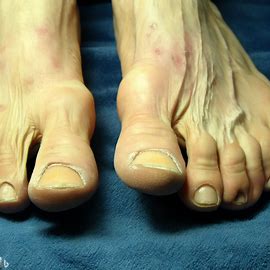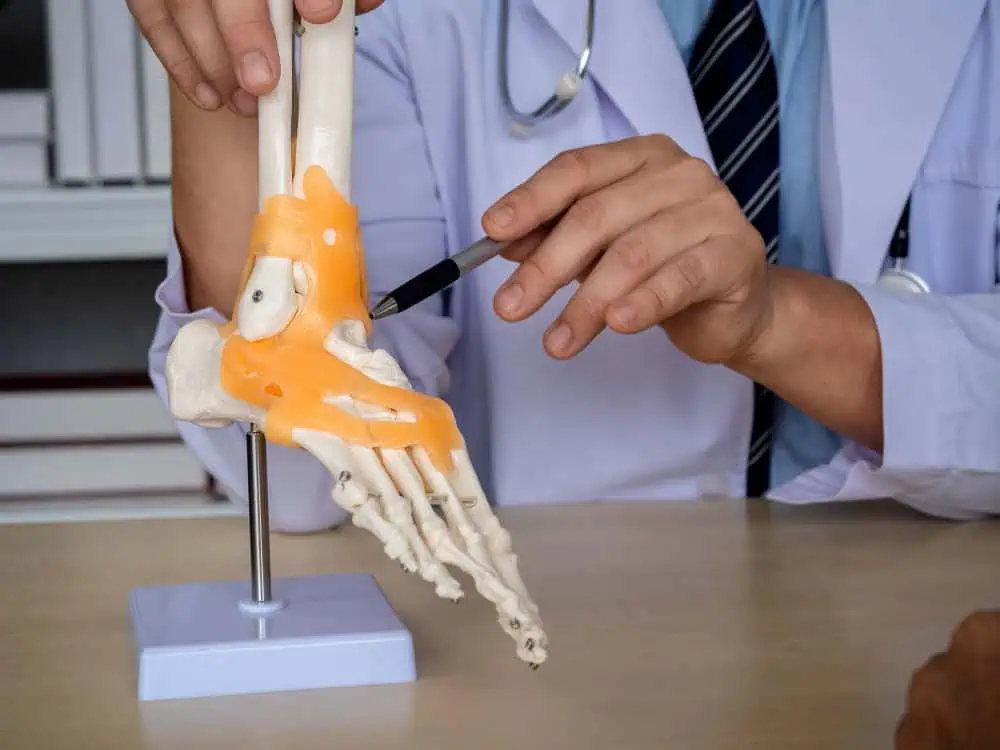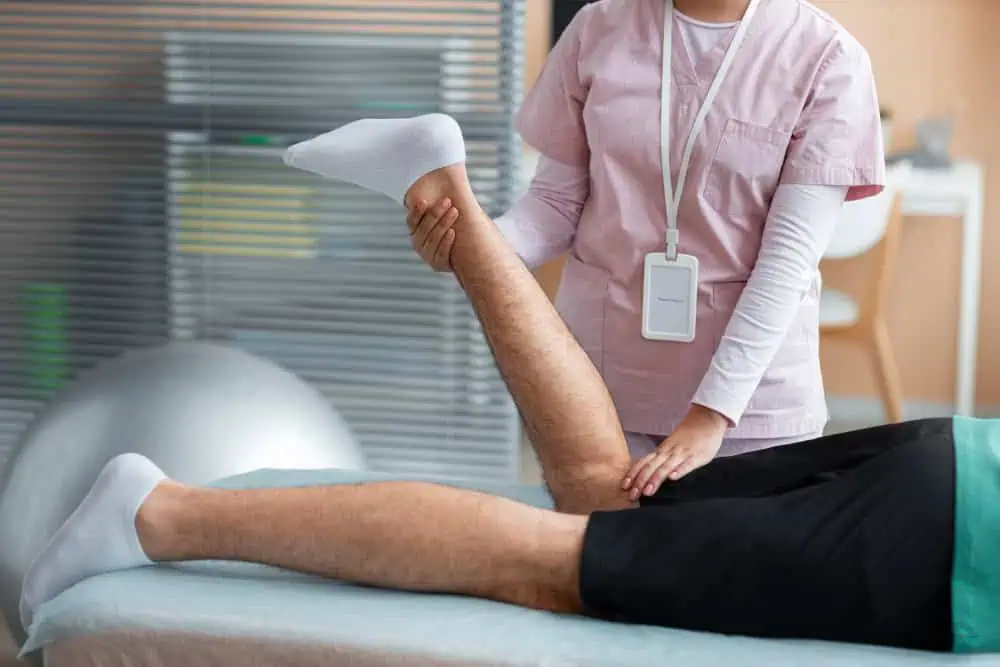If you have diabetes, one of the most common issues and concerns is your foot. Your foot is a complex structure consisting of 26 bones, 33 joints, and 120 muscles/ligaments/nerves[1]. Each structure has a unique purpose, and diabetes can causes alternation in function for any of them.
The most common problem we see in diabetics is diabetic peripheral neuropathy. This is nerve damage that is a result of elevated glucose that is the root cause of all other diabetic foot problems. With neuropathy, there are 3 main types; Sensory, Autonomic, and Motor. While most people have an understanding of the loss of sensation associated with sensory neuropathy, the other two types can cause significant problems, and must be considered in any article about the diabetic foot.
Autonomic nervous system is part of your body responsible for involuntary action. These are things like your heart beat, dilation and constrictions of the blood vessels, and secretion of natural skin oils, called sebum. [2] In the diabetic foot, these cause changes in the flow of blood to the foot, the amount of sweat your foot can produce, and how fast the blood flows. These symptoms develop over years of disease progression, and the progression is enhanced under poorly controlled glucose levels.[3]
Motor neuropathy is a progressive loss of muscle tone and strength. This results in weakness and muscle atrophy. Most common in the upper and lower extremities, symptoms include cramping, twitching, and muscle wasting. As in sensory and autonomic neuropathy, diabetes is a common cause, but other factors can contribute to each of these problems. [4] Motor neuropathy is the cause for problems associated with progressive hammertoe and bunion deformities.
When diabetes causes complications to your foot, it is related to each one of these types of neurologic conditions. Sensory loss creates a situation where you can’t feel your foot. Autonomic changes allow skin to become dry, atrophic, and easily damaged. Motor neuropathy causes changes in the foot shape and mechanics, increasing pressure points, leading to the development of musculoskeletal imbalance.
I always tell my patients that when it comes to diabetes, if you live long enough, you are subject to all of these problems. That being said, the better controlled your diabetes is, the longer and slower these symptoms progress, and the less likely to result in an infection, ulceration, or amputation. Good quality foot care, proper shoes, glycemic control, and some education can go a long way in preventing loss of limb or life, a problem that occurs 73,000 times a year.[5] This number is more than half of what it was 20 years ago due to proper education and better understanding of these problems.
[1] http://www.nytimes.com/health/guides/symptoms/foot-pain/print.html
[2] https://medlineplus.gov/autonomicnervoussystemdisorders.html
[3] https://medlineplus.gov/ency/article/000776.htm
[4] https://rarediseases.info.nih.gov/diseases/11011/multifocal-motor-neuropathy
[5] http://www.healthline.com/health/diabetes/diabetes-amputation#is-it-needed2




